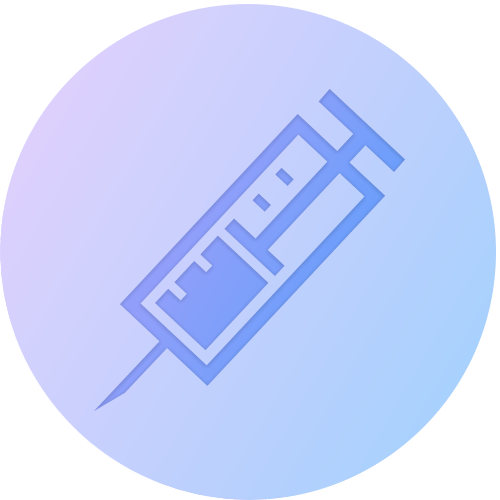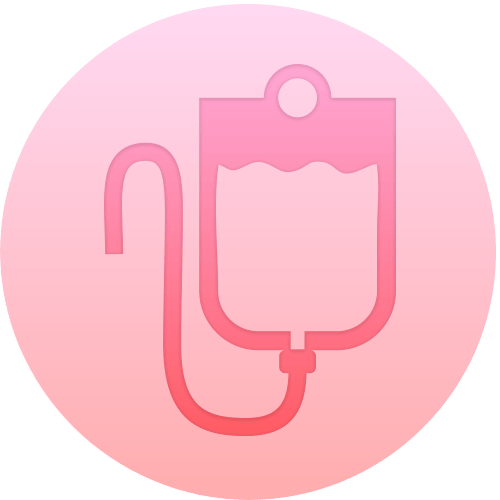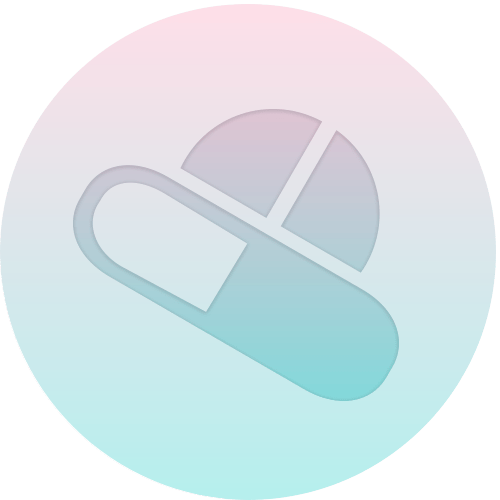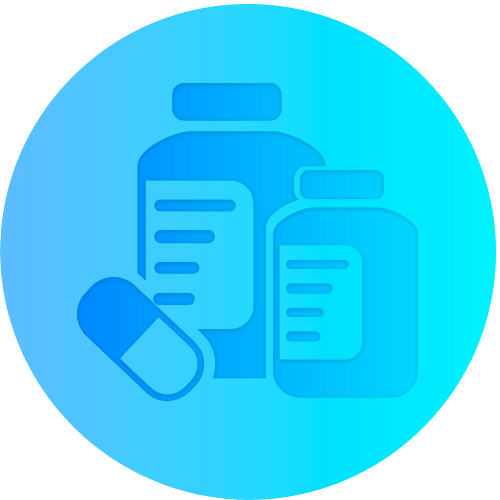To split, or not to split? That is the question

Hope all of you had a fantastic Labour weekend. The weather was fabulous and I managed to have a few walks down at the St Heliers Bay with my wife over the long weekend. It was great to see some of you along the walk taking advantage of the sun and absorbing much-needed vitamin D. In fact, I was reading an article from the New Zealand Herald the other day about a recent study published in the New Zealand Medical Journal. The researchers from Massey university tested vitamin D levels in 500 primary school kids across Auckland and found a third didn’t meet recommended levels. Those lacking in the vitamin were more likely to be overweight and obese, have darker skin colour or get less sun exposure.
For those of you who don’t know much about vitamin D, it is a type of vitamin that our body does not store or produce, meaning that we need to replenish it regularly. Unless you eat a significant amount of food such as eggs, liver, oily fish or take supplements, the best way to get vitamin D is in fact from the sun – and the best part is that it is FREE!
Vitamin D is produced when our bodies are exposed to UVB rays from the sun. It is particularly important for kids because it can assist in bone growth and development. Lack of vitamin D can cause soft bones and increase the risk of bone fractures.
I strongly recommend parents to encourage their children to get out of the house more often. The best time to be outside is in the morning and afternoon but avoiding staying too long under the sun during midday. Ultimately, we want to increase our level of UV radiation exposure without increasing the risk of skin cancer. So please make sure to slip slop slap before heading outside.
Anyway, this week I wanted to share with all of you an interesting case that I came across recently. A regular patient of mind handed in her prescription written by a dermatologist. The prescription was for Doxycycline 100mg and the instruction was – Take half a tablet once daily for 1 month. After reading this prescription, it occurred to me that the dermatologist is aware that the 50mg strength is not available and hence asked the patient to half the tablet instead. However, the doctor was not aware that doxycycline is a type of medication that cannot be halved because it can irritate the oesophagus (food pipe). After several phone calls to the clinic, I managed to convince the doctor to change the instruction to “Take 1 tablet on alternate days”
These are some of the many instances which my team and I come across regularly. In fact, one of the most common questions that I get asked is “Is it okay to split my pills?”
Before I answer this. Let me explain why sometimes splitting pills can be an advantage. From a pharmacist perspective, splitting tablets can be beneficial when a doctor required a specific dose that does not come in the strength required. In this instance, the ability to split the dose will allow the doctor to prescribe a dose that is most suitable for their patients without the need of giving patients an excessive amount of medication that is not required.
Also, splitting tablets can make titrating dose up or down accomplished easily.
From a patient’s perspective, splitting tablets is ideal if they struggle to swallow a large tablet, they may split it into more manageable portions. Similarly, certain non-subsidised medicines are not cheap, so I understand why some patients consider splitting their pills. Sometimes, I’ve seen doctors prescribing the larger dose and asking the patient to split the dose into halves to stretch their medicine for twice as long.
However, not all pills and tablets can be split in half safely.
As a rule of thumb, avoid splitting any medication labelled as “enteric-coated tablet”, including some over-the-counter pain reliever medications. Those tablets or pills are designed to dissolve only when it gets to the intestines so that it does not irritate your stomach. If you split the pill, you’ll lose the benefit the coating was designed for. A good example of this is aspirin. Aspirin comes in 2 different forms for 2 different indications. Aspirin for heart protection is always enteric-coated to prevent absorption in the stomach. And it is therefore important to not split the tablet. However, aspirin for pain relief can be halved because it’s not coated and is intended to be absorbed in the stomach to provide faster pain relief. I always recommend taking either of the formulations with food to minimise the chance of getting stomach pain – Ouch!
Special formulations such as “controlled -release”, “extended-release”, “sustained-release” or “long-acting”, should never be crushed or split into halves either. Those formulations are intended to release the medication slowly over time and by cutting those pill, you can end up making the dose come out much faster and higher, which can lead to side effects.
Some of you might then ask – “How do I know if my pills are safe to split?”
One simple clue I always tell my patients is to see if there is a scored line down the middle of the tablet. If there is, it usually means that you can split the tablet into halves. The scored line is there to guide you where to split your tablet, so it breaks evenly.
However, to make it more complicated, some medications that are ok to split do not come scored along the centre of the tablet. And for that reason, I strongly suggest you talk to me or one of my team to see if your medication can be split before doing so.
If splitting your pills is a must, then I would recommend in investing in a tablet cutter which is relatively cheap and is available in any pharmacy. A tablet cutter can save you a lot of headaches by guaranteeing you get the same size and dose with each cut.
I usually suggest splitting your tablets right before you need to use it to minimise the amount of humidity being exposed to the increased surface area of the tablet. Unfortunately, it is not always a practical and convenient way. If you need to cut your tablets in advance, please make sure they are stored in a cool place away from direct sunlight and moisture. You could also place a desiccant in the tablet bottle to keep moisture away.
Next time before considering splitting your tablets, why not check with one of my team or myself first. We can help you find the best solution that works for you.
To you and your families health.
Chris
Pharmacist


















